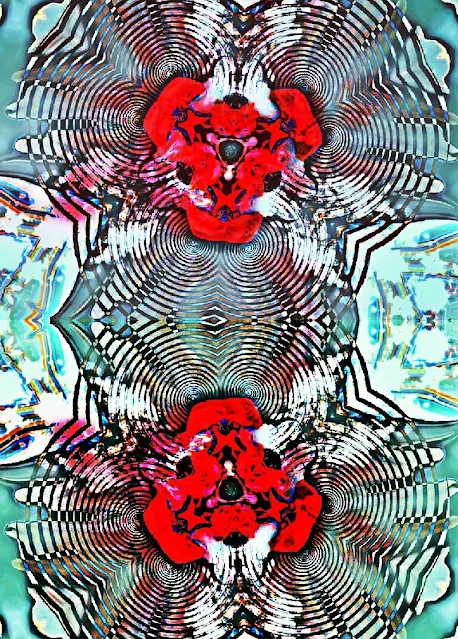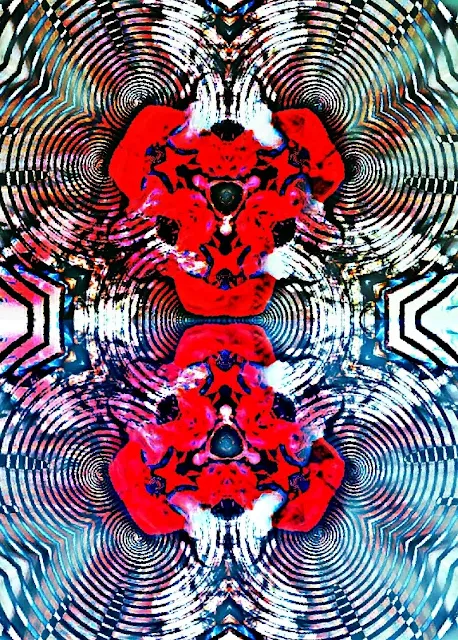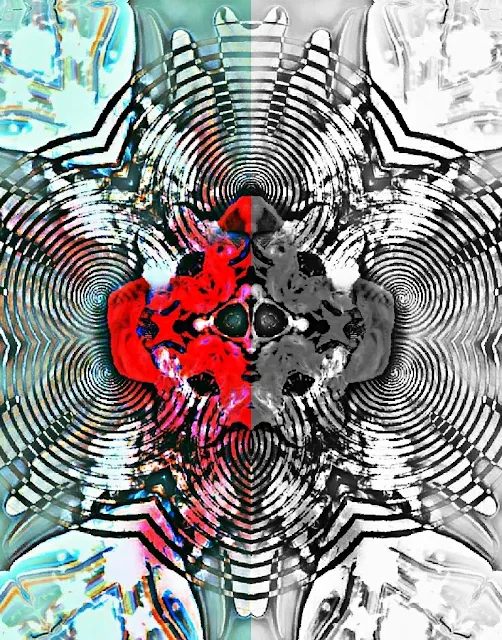Aggression is a complex phenomenon
Writ by Oregonleatherboy aka Jesse Lee
Aggression is a complex phenomenon that has been studied for decades. It is a response to a perceived threat, and it can be either adaptive or maladaptive.
The brain is the organ that controls all of our thoughts and actions. It consists of three main parts:
the cerebrum, the cerebellum, and the brain stem.
The cerebrum is responsible for higher-level cognitive functions such as
- Thinking
- reasoning
- and language processing.
The cerebellum coordinates movement and balance.
The brain stem connects the brain to the spinal cord and regulates basic bodily functions such as
- breathing
- heart rate
- blood pressure
- temperature regulation
- sleep cycles
- hunger pangs
- sexual arousal etc.
Serotonin gets us Groaning
Serotonin is a neurotransmitter that is responsible for mood regulation. It is also the reason why serotonin levels are linked to aggression.
Serotonin is a neurotransmitter that regulates mood and aggression. It has been found that serotonin levels are linked to aggression, which means that people with low levels of serotonin are more likely to be aggressive than those with high levels of serotonin.
Don't be mean, Dopamine
Dopamine is a neurotransmitter that is released by the brain when we experience something pleasurable. It is also released when we are in pain or stressed.
Dopamine has been linked to aggression because it can make us feel good and want more of what caused the dopamine release. This can lead to aggressive behavior, such as fighting for a desired object or person.
The neurophysiology of aggression
The neurophysiology of aggression is the study of the neural mechanisms underlying aggressive behavior. The brain regions involved in aggression are the amygdala, hypothalamus, and periaqueductal gray (PAG).
Hypothalamus
The hypothalamus is a small region of the brain that is responsible for regulating many of the body's functions. It is located in the lower part of the brain, just above the brainstem.
The hypothalamus has many different functions, but one of its most important roles is to regulate aggression.
The hypothalamus produces hormones that control aggression and anger. When these hormones are released, they can cause an increase in aggressive behavior.
amygdala
The amygdala is a small, almond-shaped structure in the brain that is responsible for the fight or flight response.
It has been found to be involved in aggression and violence. The amygdala plays an important role in
fear and anxiety responses
as well as memory formation
and emotional associations.
periaqueductal gray
The periaqueductal gray is a region of the brain that is responsible for regulating aggression.
The periaqueductal gray (PAG) is a region of the brain that regulates aggression. It is located in the midbrain, and it has connections to many other regions of the brain. The PAG has been shown to be involved in both defensive and offensive aggression, as well as in pain modulation.
—
Aggression is a natural part of childhood development. It is a way for children to express their feelings and to learn how to control their impulses.
—
Aggression a natural part of childhood
Aggression is a natural part of childhood development. It is a way for children to:
explore their environment
learn how to interact with others
learn about themselves
However, aggression can also be a sign of developmental problems or mental health issues. It is a way for children to explore their world through behavior exercises. engaging in behavioral tests with socially close individuals and branching out to less known per comfort level.
Both developing as in maturing and underdeveloped humans and theactions like:
boundary pushing
Territoriality
Claimed ownership
Physical
Aggression can be seen as an adaptive response to the environment, which helps children develop skills that will help them in the future.
Bullying is a form of aggression
Bullying is the most common form of aggression in childhood. It can have serious consequences on the victim’s mental health and social skills. Bullying can also lead to aggressive behavior in adulthood, which can lead to criminal behavior and violence.
that can have long-term negative effects on the victim's mental health and well-being. Bullying can lead to:
depression
anxiety
suicidal thoughts








.jpg)